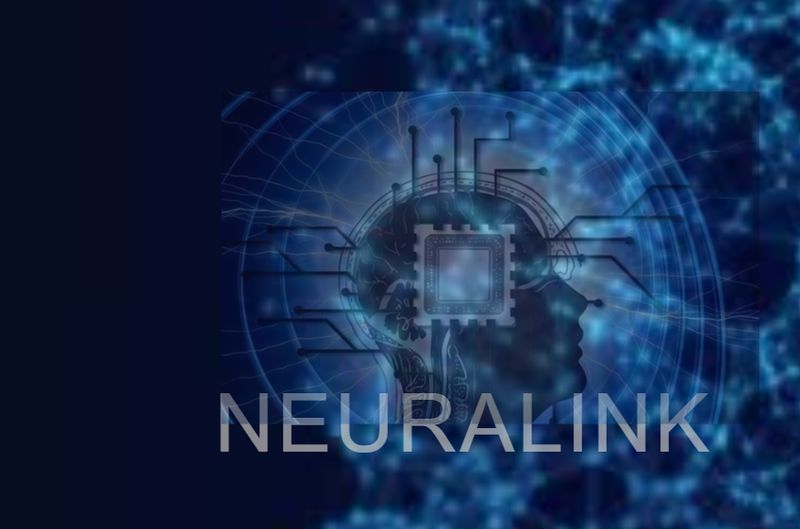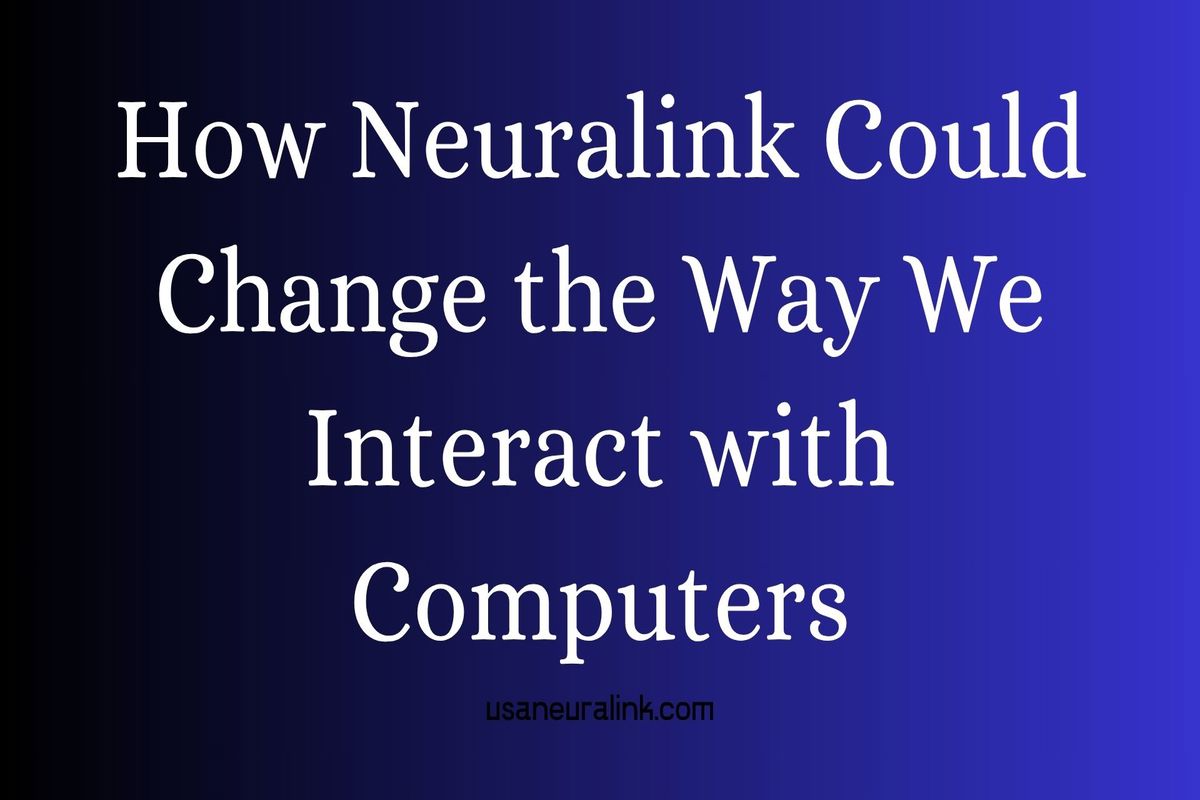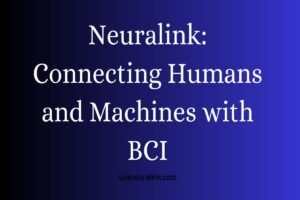Neuralink’s Economic Impact on Neurotechnology Industry
Introduction
In the rapidly evolving world of technology, few companies have captured the imagination quite like Neuralink. Founded in 2016 by visionary entrepreneur Elon Musk, Neuralink aims to bridge the gap between human cognition and artificial intelligence through implantable brain-computer interfaces (BCIs). While the company’s mission is rooted in advancing human potential and treating neurological disorders, its influence extends far beyond the lab. Neuralink is poised to reshape the neurotechnology industry, driving economic growth, fostering innovation, and raising critical questions about the future of healthcare, employment, and societal equity. In this blog post, we’ll explore Neuralink’s economic impact on the neurotechnology sector and what it means for businesses, consumers, and the global economy as of March 11, 2025.
The Rise of Neuralink and the Neurotechnology Market
The neurotechnology industry, which includes devices and systems designed to monitor, enhance, or interface with the human nervous system, has been steadily growing. According to market research, the global brain-computer interface market was valued at approximately $1.5 billion in 2020 and is projected to reach over $5 billion by 2030, with a compound annual growth rate (CAGR) of around 13-15%. Neuralink’s entry into this space has acted as a catalyst, accelerating interest and investment in neurotech.
Neuralink’s high-profile demonstrations—like a monkey playing Pong with its mind in 2021 and the first human implant in January 2024—have not only showcased the potential of BCIs but also drawn significant capital to the sector. By 2019, Neuralink had secured $158 million in funding, including $100 million from Musk himself. This infusion of resources underscores the company’s role as a pacesetter, encouraging venture capitalists and governments to pour money into neurotech startups and research initiatives.

Job Creation and Industry Expansion
One of Neuralink’s most immediate economic impacts is job creation. The company’s ambitious goals require a diverse workforce, from neuroscientists and engineers to software developers and regulatory experts. As of 2025, Neuralink employs hundreds of professionals across its facilities in Fremont, California, and beyond. This workforce expansion mirrors trends in the broader neurotechnology industry, where demand for skilled labor is surging.
Beyond direct employment, Neuralink’s success is spurring the growth of ancillary industries. Manufacturers of biocompatible materials, robotics firms developing surgical systems (like Neuralink’s “sewing machine-like” implant device), and software companies building interfaces for neural data processing are all benefiting from the company’s advancements. For instance, the development of Neuralink’s ultra-thin electrode “threads” has likely increased demand for specialized materials and precision engineering, creating ripple effects in supply chains worldwide.
Moreover, as Neuralink moves toward commercialization—potentially offering implants for medical and elective use—the neurotechnology industry could see a boom in service-related jobs. Clinicians trained to implant and maintain BCIs, technicians to troubleshoot devices, and customer support teams to assist users could become new career paths, further boosting employment.
Healthcare Transformation and Cost Implications
Neuralink’s primary focus is on medical applications, such as restoring autonomy to individuals with paralysis or treating neurological conditions like epilepsy and Parkinson’s disease. The successful implantation of its N1 device in human patients, first announced in 2024, marks a significant milestone. For the healthcare sector, this technology promises both economic opportunities and challenges.
On one hand, Neuralink’s BCIs could reduce long-term healthcare costs by offering permanent solutions to debilitating conditions. For example, enabling a paralyzed individual to control a computer or prosthetic limb with their thoughts could decrease reliance on caregivers and expensive rehabilitation programs. Early detection and treatment of neurological disorders, facilitated by Neuralink’s ability to monitor brain activity in real-time, could also lower the economic burden of chronic diseases.
However, the upfront costs of developing, implanting, and maintaining these devices are substantial. Surgical procedures, even with advanced robotics, require significant investment in infrastructure and training. Additionally, the price of Neuralink’s implants—yet to be publicly disclosed—could limit accessibility, raising concerns about healthcare inequality. If only affluent patients can afford such technology, the economic benefits may disproportionately favor wealthier demographics, potentially widening existing gaps in medical care.
Innovation and Competitive Dynamics
Neuralink’s technological breakthroughs are driving competition within the neurotechnology industry, which in turn fuels innovation. Companies like Synchron, Paradromics, and Neurable are developing their own BCIs, each with unique approaches—some non-invasive, others focused on specific medical applications. Neuralink’s high-profile status, backed by Musk’s influence, has elevated the visibility of these competitors, attracting more investors and accelerating the pace of research and development.
This competitive landscape has economic implications. As companies race to bring products to market, they’re investing heavily in R&D, creating a feedback loop of innovation. For instance, Neuralink’s wireless, high-bandwidth implant design has set a new standard, pushing rivals to enhance their offerings. This could lead to a proliferation of affordable, consumer-friendly neurotech devices, expanding the market beyond medical applications into areas like gaming, education, and productivity.
The economic stakes are high. A thriving neurotech sector could spawn entirely new industries—imagine “neuro-app” developers creating software for brain-linked devices or “neuro-security” firms protecting neural data from hackers. Neuralink’s leadership in this space positions it to capture a significant share of this emerging market, potentially generating billions in revenue over the next decade.
Global Economic and Geopolitical Ramifications
Neuralink’s impact isn’t confined to the United States. As a leader in neurotechnology, the company is contributing to a global technological race. Countries like China, Japan, and the European Union, already investing in brain research initiatives (e.g., China’s Brain Project), may accelerate their efforts to keep pace. This competition could drive international collaboration or, conversely, heighten tensions over intellectual property and technological supremacy.
Economically, nations that adopt Neuralink-like technologies early could gain advantages in healthcare efficiency, workforce productivity, and military applications (e.g., enhanced soldier cognition). However, this also raises the specter of a “neurotech divide,” where less-developed economies lag behind, unable to afford or implement such advancements. The resulting disparity could reshape global trade, labor markets, and even immigration patterns as skilled workers seek opportunities in neurotech hubs.
Ethical and Regulatory Challenges with Economic Consequences
Neuralink’s ambitious vision comes with ethical and regulatory hurdles that have economic ramifications. The company has faced scrutiny over animal testing practices and safety concerns, such as the retraction of electrode threads in its first human trial participant in 2024. Addressing these issues requires significant investment in compliance and public relations, costs that could slow Neuralink’s path to profitability.
Regulatory frameworks for BCIs are still evolving. In the U.S., the FDA’s approval of Neuralink’s human trials in 2023 was a landmark, but scaling to widespread use will demand rigorous oversight. Stringent regulations could delay commercialization, increasing development costs, while lax oversight might lead to safety scandals that erode consumer trust—and market value. Balancing innovation with responsibility will be key to maximizing Neuralink’s economic potential.
The Long-Term Vision: Transhumanism and Economic Disruption
Elon Musk has long tied Neuralink to his broader goal of achieving symbiosis with artificial intelligence, a concept rooted in transhumanism. If Neuralink succeeds in enhancing human cognition—say, by allowing instant access to information or boosting memory—it could disrupt traditional economic models. Education might shift from years of study to rapid neural uploads, reducing the need for conventional schooling infrastructure. Jobs requiring quick decision-making or vast knowledge bases could favor BCI-enhanced workers, creating a new class of “super-employees.”
Such a future would also challenge existing economic systems. If cognitive enhancement becomes an elective procedure, as Musk envisions, it could exacerbate inequality, with wealthier individuals gaining disproportionate advantages. Conversely, widespread adoption could democratize access to knowledge and skills, leveling the playing field in unprecedented ways. The economic fallout—whether utopian or dystopian—hinges on how Neuralink navigates these societal shifts.
Conclusion
Neuralink’s economic impact on the neurotechnology industry is multifaceted and profound. From job creation and healthcare innovation to global competition and ethical dilemmas, the company is a driving force in a sector poised for exponential growth. As of March 11, 2025, Neuralink stands at the forefront of a revolution that could redefine how we live, work, and interact with technology. While challenges remain—cost, accessibility, and regulation among them—the potential rewards are immense. For businesses, investors, and consumers alike, Neuralink isn’t just a company to watch; it’s a harbinger of an economic transformation that could shape the 21st century.
What do you think? How will Neuralink’s advancements affect your industry or daily life? Share your thoughts in the comments below, and stay tuned to usaneuralink.com for the latest updates on this groundbreaking technology.
Share this content:






















Post Comment